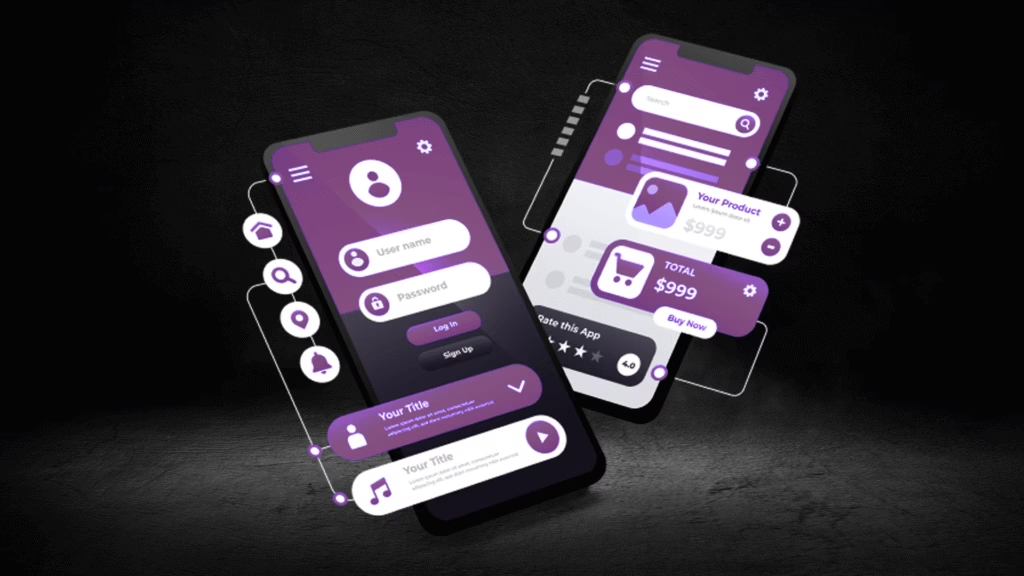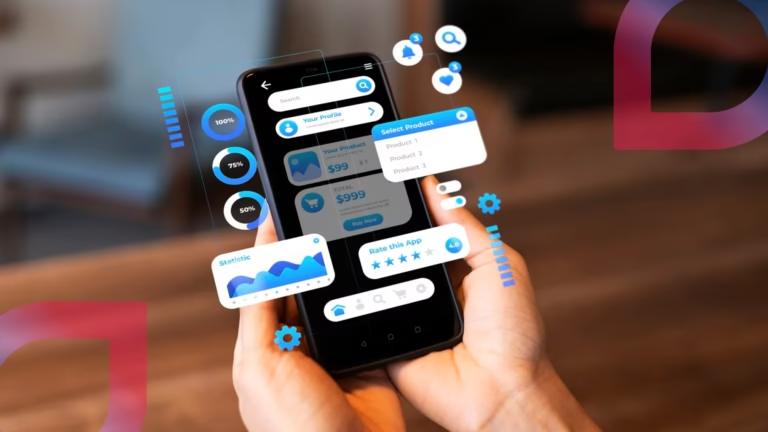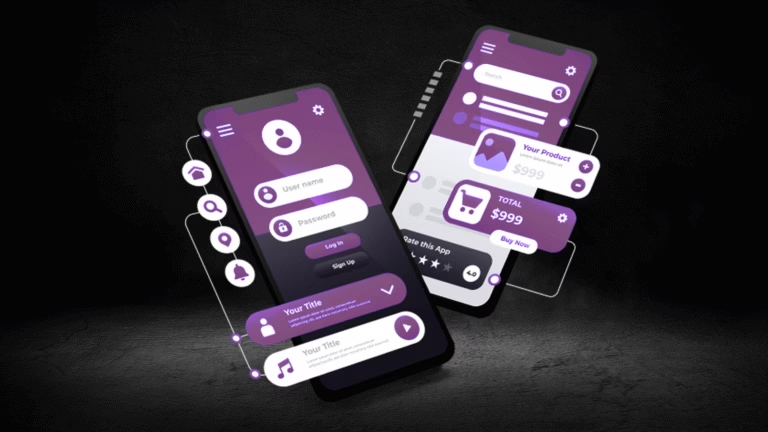The essence of GPT-4 lies in its pre-training and fine-tuning process. Initially, the model is pre-trained on a massive corpus of text data sourced from the internet. This pre-training phase enables GPT-4 to learn grammar, facts about the world, and even some reasoning abilities. Following this, the model undergoes a fine-tuning phase, where it is adjusted with a narrower dataset and specific tasks to enhance its performance in producing coherent and contextually appropriate responses.
One of the key differences between GPT-4 and its predecessors, such as GPT-3, is the scale of its architecture and the volume of data used during training. GPT-4 incorporates more parameters, which are essentially the weights and biases in the model that are adjusted during the training process. The increased number of parameters allows GPT-4 to capture more nuanced patterns in data, leading to more sophisticated and accurate text generation.
The underlying technology that powers GPT-4 involves deep learning techniques, particularly neural networks with multiple layers. These layers process input text data in stages, each layer refining the output further until the final generated text is produced. The self-attention mechanism within the transformer architecture enables GPT-4 to consider the context of each word within a sentence, maintaining coherence and relevance throughout the generated text.
In summary, GPT-4 leverages a combination of extensive pre-training on diverse datasets, fine-tuning for specific applications, and a sophisticated transformer architecture to generate text that closely mimics human communication. Its advancements in parameter scale and data utilization mark a significant improvement over previous iterations, making it a powerful tool in the realm of natural language processing.
What Are the Key Improvements and Features of GPT-4 Compared to GPT-3?
GPT-4, the latest iteration in the Generative Pre-trained Transformer series by OpenAI, brings a host of advancements over its predecessor, GPT-3. One of the most notable improvements lies in its enhanced language understanding capabilities. GPT-4 demonstrates a significant leap in comprehending and generating human-like text. This enhancement is achieved through improved training techniques that allow the model to better grasp the nuances of language, leading to more coherent and contextually appropriate responses.
Architecturally, GPT-4 has seen an increase in model size, which contributes to its superior performance. The larger model size allows it to retain context over longer passages of text, making it more adept at handling complex dialogues and multi-turn conversations. This is a substantial improvement over GPT-3, which, while powerful, sometimes struggled with maintaining context over extended interactions.
In terms of specific features, GPT-4 introduces more refined mechanisms for bias mitigation and ethical considerations. OpenAI has incorporated advanced techniques to reduce the generation of harmful or biased content, addressing a significant concern raised with earlier versions. This makes GPT-4 not only more powerful but also safer and more reliable for various applications.
GPT-4 also excels in specific use cases where precise language understanding is crucial. In fields such as legal document analysis, medical diagnostics, and advanced research, GPT-4’s ability to process and generate text with higher accuracy and context sensitivity marks a significant leap forward. Its capacity to understand and generate specialized jargon and context-specific information is unparalleled.
Overall, GPT-4 represents a major advancement in natural language processing. Its enhanced coherence, context retention, and architectural improvements make it a powerful tool for a wide range of applications, setting a new standard for AI language models.
How Can GPT-4 Be Used in Real-World Applications?
Generative Pre-trained Transformer 4 (GPT-4) has demonstrated remarkable capabilities in various industries, ranging from customer service to healthcare. Its versatility and advanced language processing make it an invaluable tool in numerous real-world applications. One prominent use case is in customer service, where GPT-4 can efficiently handle inquiries, provide instant responses, and improve overall customer satisfaction. By generating accurate and contextually relevant answers, it reduces the need for human intervention in repetitive tasks, thus optimizing operational efficiency.
In the realm of content creation, GPT-4 proves to be a game-changer. It aids writers by generating ideas, drafting articles, and even refining content. This not only speeds up the writing process but also ensures a higher quality of output. For instance, businesses can utilize GPT-4 to create engaging marketing materials, blog posts, and social media content, thereby enhancing their digital presence.
The healthcare sector also benefits significantly from GPT-4. Medical professionals can leverage its capabilities to analyze patient data, suggest potential diagnoses, and even generate medical reports. This assists in streamlining workflows and enhancing patient care. Moreover, GPT-4 can be used in educational settings to facilitate personalized learning experiences. It can answer student queries, provide tutoring, and even generate practice problems, thus supporting educators and learners alike.
Research is another domain where GPT-4 shines. Researchers can use it to sift through large volumes of data, summarize findings, and generate research papers. This accelerates the research process and enables scientists to focus on more complex tasks. Additionally, GPT-4’s potential in automating repetitive tasks cannot be overstated. Businesses can automate routine operations such as scheduling, data entry, and report generation, leading to increased productivity and cost savings.
However, while GPT-4 offers numerous benefits, it is not without limitations. The model’s responses are based on the data it has been trained on, which means it may occasionally produce biased or inaccurate information. Therefore, human oversight is essential to ensure the reliability and accuracy of its outputs. Despite these challenges, GPT-4 holds immense potential for transforming various industries and enhancing their operational efficiencies.
What Are the Ethical Considerations and Challenges Associated with GPT-4?
The deployment of GPT-4, an advanced generative pre-trained transformer, raises significant ethical considerations and challenges. One of the foremost concerns is the potential for bias in AI. Because GPT-4 is trained on vast datasets that reflect human language and behavior, it can inadvertently learn and propagate existing biases. This can manifest in various forms, including racial, gender, and cultural biases, which can lead to unfair or harmful outcomes. Addressing these biases requires continuous efforts to refine and diversify training data, as well as the implementation of robust evaluation protocols.
Another critical issue is the potential for misuse of GPT-4. The ability to generate human-like text can be exploited for malicious purposes, such as creating deepfakes, spreading misinformation, or conducting phishing attacks. To mitigate these risks, it is essential to develop comprehensive ethical guidelines and establish clear boundaries for the responsible use of AI technologies. Additionally, fostering transparency in the development and deployment of GPT-4 can help build trust and ensure that stakeholders are aware of the benefits and limitations of the technology.
The impact of GPT-4 on jobs and industries is also a significant concern. While AI has the potential to enhance productivity and create new opportunities, it can also lead to job displacement and economic disruption. Industries that rely heavily on repetitive and routine tasks are particularly vulnerable. To address this challenge, it is crucial to invest in reskilling and upskilling initiatives, ensuring that workers are prepared for the evolving job market. Governments, educational institutions, and private organizations must collaborate to create a supportive ecosystem for workforce transition.
Ongoing research and discussions within the AI community are vital to addressing these ethical considerations. Scholars and practitioners are actively exploring ways to improve the fairness, accountability, and transparency of AI systems. By promoting responsible AI usage and fostering a culture of ethical awareness, we can harness the potential of GPT-4 while minimizing its risks. Engaging diverse perspectives and encouraging interdisciplinary collaboration will be key to navigating the complex ethical landscape of advanced AI technologies.








